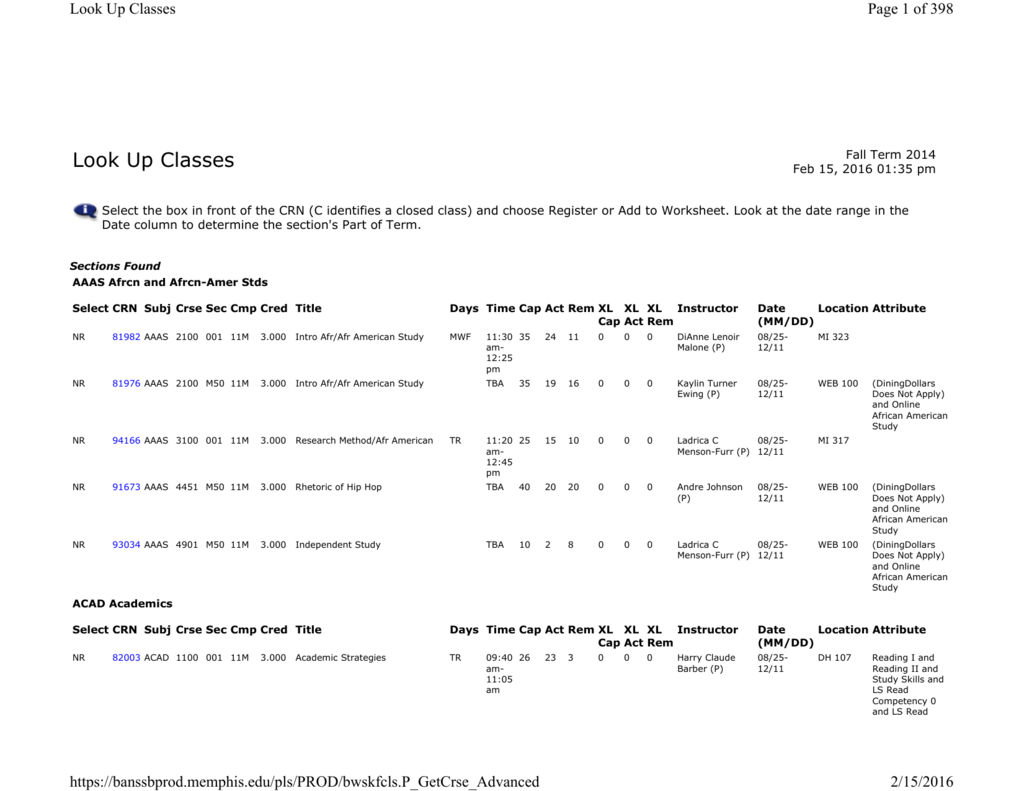

An electronic search using specific keywords for L-PRF and maxillary sinus augmentation was conducted in three main databases (PubMed-MEDLINE database, Google Scholar and Cochrane library) for the period between January 2009–February 2020.
Hence, this review aims to provide a 10-years update on the clinical effectiveness of L-PRF when applied/used as the “sole” biomaterial in maxillary sinus augmentation procedures. Whether used as the sole “bioactive” filling/additive material or combined with bone substitutes, the revolutionary second-generation PRFs have been very often associated with promising clinical results. Today, it is safe to say that, in implant dentistry and oral and maxillofacial surgery, PRFs (particularly, the pure platelet-rich fibrin or P-PRF and leukocyte and platelet-rich fibrin or L-PRF sub-classes) are receiving the most attention, essentially due to their simplicity, rapidness, user-friendliness/malleability, and cost-effectiveness. Platelet-Rich Fibrin (PRF), a sub-family of platelet concentrates, is a three-dimensional (3-D) autogenous biomaterial obtained, without including anti-coagulants, bovine thrombin, additives, or any gelifying agents during the centrifugation process. Within such, is the family of autologous blood extracts, so-called platelet concentrates, which are simply the “product” resulting from the simple centrifugation of collected whole blood samples of the patient, immediately pre-surgery. In addition, cytokines and growth factors have been used to stimulate angiogenesis, enhance bone formation as well as improve healing and recovery period, either as the sole filling material or in combination with bone substitute materials. Herein, numerous biomaterials and bone substitutes have been proposed, primarily to sustain the lifted space.

The augmentation of the maxillary sinus can be performed with or without grafting biomaterials.

This is particularly applicable in the severely atrophic posterior maxilla where sinus perforation (ruptured Schneiderian membrane) is a very common complication and sinus floor elevation or lift is frequently considered a standard procedure.
8Facultad de Odontología, Universidad de los Andes, Santiago, Chileīone augmentation techniques have increasingly been indicated for re-creating adequate bone height and volume suitable for dental implant sites. 7Centro de Investigación e Innovación Biomédica (CIIB), Universidad de los Andes, Santiago, Chile. 6Programa de Doctorado en BioMedicina, Facultad de Medicina, Universidad de los Andes, Santiago, Chile. 5Department of Oral and MaxilloFacial Surgery, Faculty of Dental Medicine, Lebanese University, Beirut, Lebanon. 4Surgical Oncology Research Center, Emam Reza Hospital, School of Medicine, Mashhad University of Medical Sciences, Mashhad, Iran. 3Oral and Maxillofacial Surgery Department, Mashhad Dental School, Mashhad University of Medical Sciences, Mashhad, Iran. 2BioMAT'X R&D&I Laboratory, Universidad de los Andes, Santiago, Chile. 1Dentistry Student Research Committee, Mashhad Dental School, Mashhad University of Medical Sciences, Mashhad, Iran. This author recommends specifications for both gage and decimal thickness when ordering sheet metal gage stock.Mohamadamin Damsaz 1 †, Consuelo Zumarán Castagnoli 2 †, Majid Eshghpour 3, Daryouosh Hamidi Alamdari 4, Aida Hamidi Alamdari 1, Ziad Eva Fouad Noujeim 2,5 and Ziyad Samir Haidar 2,6,7,8 * While the dimensions thus specified should conform to the gage ordinarily used for a given class of material, any error in the specification due, for example, to the use of a table having "rounded off"? or approximate equivalents, will be apparent to the manufacturer at the time the order is placed. There is some disagreement with regards to the use of gage numbers when purchasing gage size where it is preferable to give the exact dimensions in decimal fractions of an inch while referencing the gauge size and material. The gage sizes are specified by numbers and the following tables also gives the decimal equivalents of the different gage numbers. The following sheet metal gauge size reference chart gives the weight and thickness of sheet metal given as a "gauge" (sometimes spelled gage) and indicates the standard thickness of sheet metal and wire.For most materials, as the gauge number increases, the material thickness decreases.







 0 kommentar(er)
0 kommentar(er)
